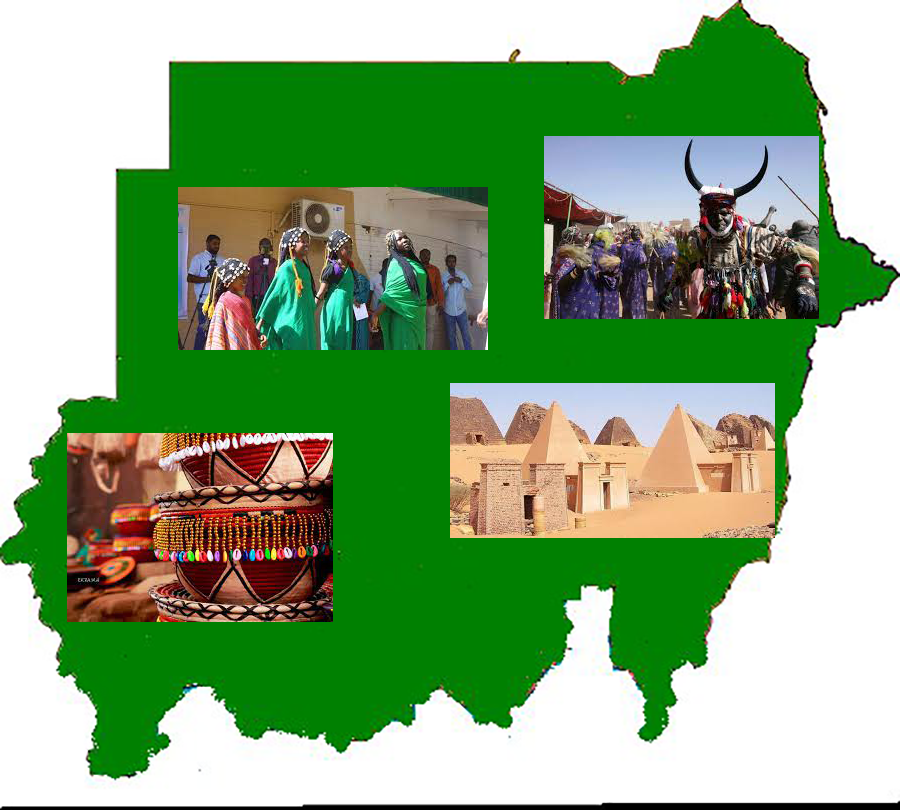
Track is a tool to guide the restoration of heritage for sustainable peace
Ending civil war and maintaining peace is a global priority, as set out in the 2030 United Nations Agenda for Sustainable Development, through the Plans Goal 16. However, history points to a different fact: almost half of all the peace agreements signed since the second half of the twentieth century have led to the relapse and resurgence of conflict.
Thus, preventing new conflicts also encompasses the challenge of preventing the recurrence of old conflicts. But how can this be achieved when most conflicts involve intertwined and complex mismatches of power, resources, religion, race and identity?
Track. The Peacebuilding Assessment Tool for Heritage Restoration and Rehabilitation provides vital insights into the cultural drivers of conflict that have the potential to prolong or replicate them because of unresolved injustices.
Human rights violations and war crimes have been recognized, and denial of access to or looting of heritage and deliberate destruction during conflicts have led to the adoption of United Nations Security Council resolution 2347 condemning such acts and extending protection to include endangered cultural heritage in war and conflict zones.
Despite these developments, there is only a superficial understanding of why cultural heritage is targeted during violent conflicts and what potential role its protection or restoration can play in building lasting peace.
Track - Addresses this gap. The tools guiding questions and exercises are aimed at assisting both heritage practitioners, peacebuilders and supportive organizations in making key decisions on the preservation or reconstruction of heritage, and where, when and through whom. Such decisions are key to maintaining peace and addressing the root causes of conflict.
"Cultural heritage can be a factor of division but it is also a component of peace, reconciliation and development, which helps to build a better and more inclusive future. The protection and promotion of cultural heritage in conflict and crisis has become one of the priorities of the external action of the European Union. "
Track. The Peacebuilding Assessment Tool for Heritage Recovery and Rehabilitation is a unique tool that can be used to analyse the root causes of conflict and provide a coherent way to engage in heritage projects for lasting peace. "It represents a valuable opportunity to strengthen the partnership between ICCROM and the European Union, while bringing together a growing community of practice of women and men involved in the daily protection of cultural heritage around the world."
Guillaume Decot, Principal Policy Officer for the Protection of Cultural Heritage, Integrated Approach to the Directorate of Security and Peace. European External Labour Service.
Designed as part of ICCROMs flagship programme First Aid and Resilience to Cultural Heritage in Times of Crisis. It is the first issue of a toolkit on heritage for peace and resilience, an initiative supported by the Principality of Monaco.
The track tool has been field tested through the international capacity-building project, Culture not waiting: heritage for peace and resilience, in cooperation with the Principality of Monaco and the Swedish Postcode Foundation.
This tool is written in an easy-to-understand manner and illustrated by information graphics, graphs and images. The tool involves users in a "good enough" complete analysis of the conflict settings in which their heritage interventions are located. Analysis of the conflict context in turn builds a deeper understanding of how the attitudes and behaviours of those caught up in the conflict affect heritage in terms of its relevance and use.
The symbolic abbreviation "Track" symbolizes a coordinated, user-friendly and game-style template to assess the impact of conflict on heritage restoration and to mitigate the risks that it may face or cause through a context-tailored set of objectives that address the relationship between heritage, conflict and peace. The authors argue that heritage projects either raise peacebuilding issues or lead to a relapse of conflict, depending on the specific conflict context, as well as on the management of heritage recovery and recovery.
The presentation style, combined with smart illustrations and clear wording, allows experts and non-experts to use the tool widely and easily. We hope that this publication will be the first step of the much-needed practical toolkit for restoring heritage in peacebuilding processes around the world, which should be adaptable to diverse contexts based on empirical knowledge.
Dr. Umra Hadzim Muhammadović, Director, Cultural Heritage Centre, International Forum Bosnia and Herzegovina, Sarajevo
The Track Tool aims to assist individuals, institutions, non-governmental organizations and community groups interested in the restoration, rehabilitation or promotion of heritage in conflict-affected areas. International aid organizations, which finance or implement heritage projects in conflict contexts, may find it useful to inform them of their choice of projects, as well as subsequent evaluation and follow-up of their results.
"All those committed to protecting heritage in conflict zones should read! Settings. Clearly outlines peacebuilding concepts and how they are applied to concrete heritage projects. Contains what he does and doesnt do is useful for planning conflict-sensitive interventions for heritage. As a financier, we strongly recommend using the route for current and future grant recipients. The publication will be very useful in illustrating how the restoration of heritage contributes to peacebuilding. "
Alexandra Weibig, Project Manager, International Alliance for the Protection of Heritage in Conflict Zones (A)
This tool can be used at different stages of the heritage project in the context of a particular conflict. The electronic version of the track enables the project team to write directly into a common document, while group thinking exercises require supplementary information compiled with relevant stakeholders input.
Source: International Centre for the Study of the Conservation and Restoration of Cultural Property (ICROM)
A government entity from several countries, specializing in the conservation and restoration of heritage, attracting experts from scientists, restorers, archaeologists, art historians, museums, architects, engineers and city planners. It is headquartered in Italy and has a sub-headquarters in Qatar.

